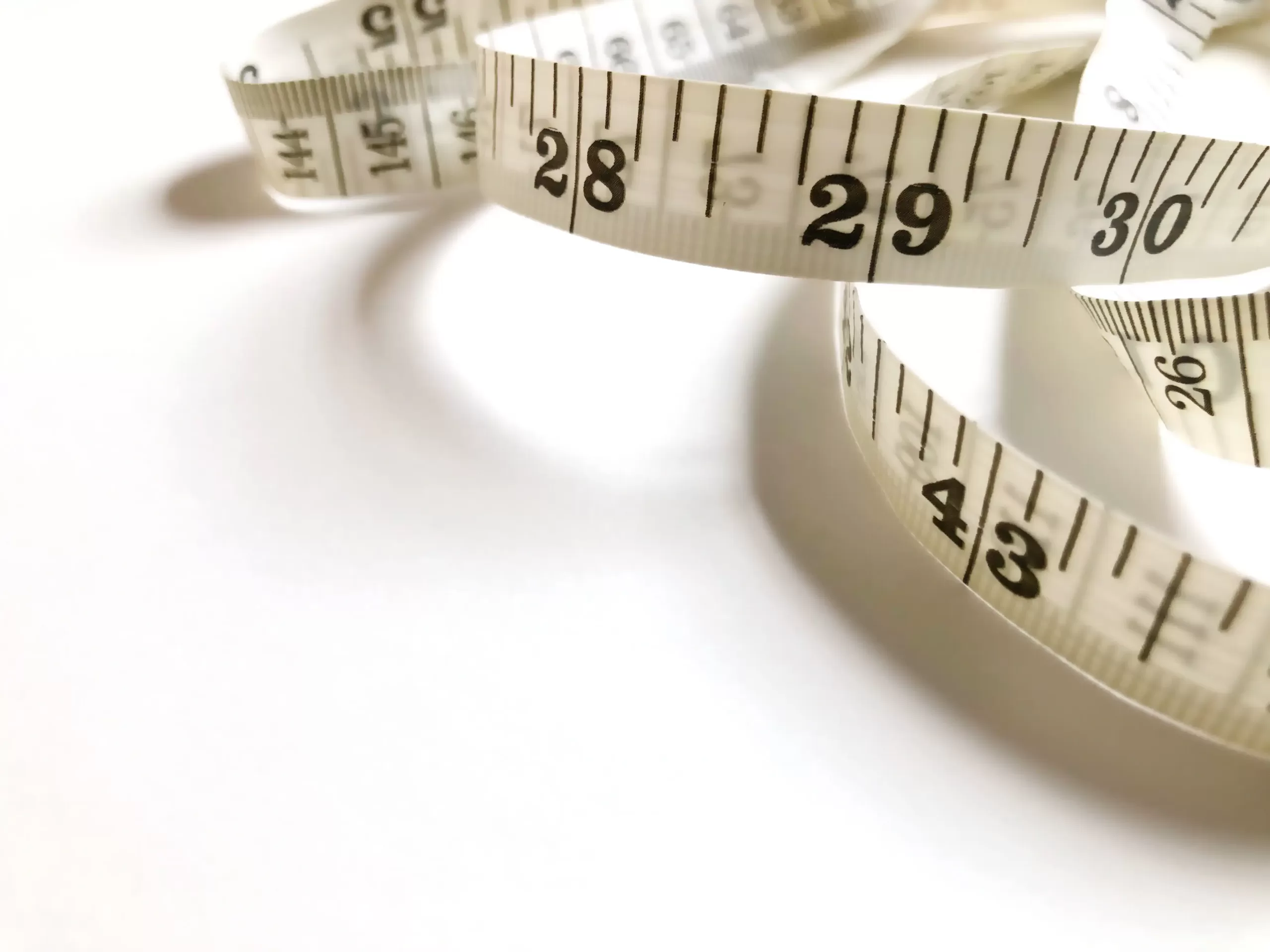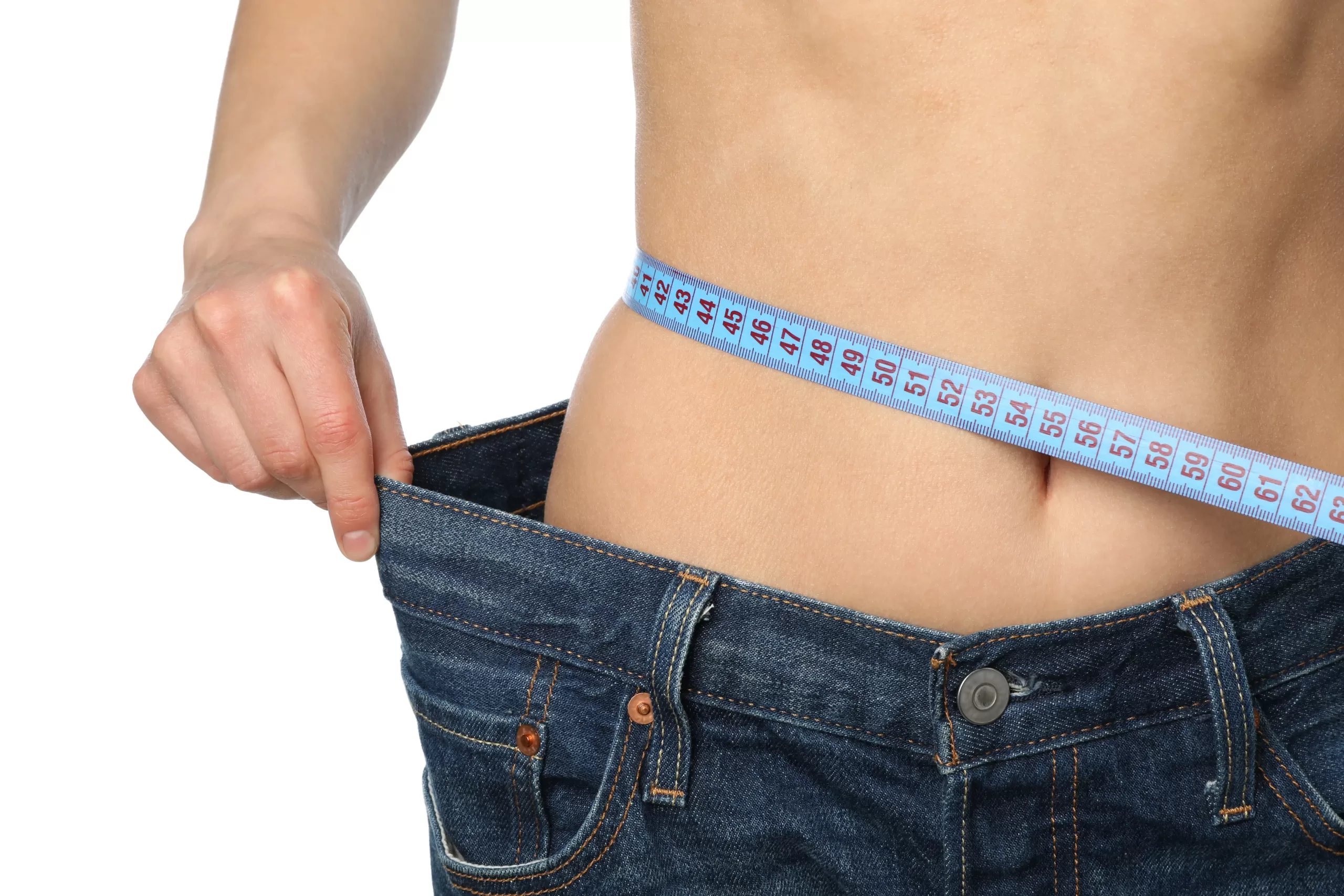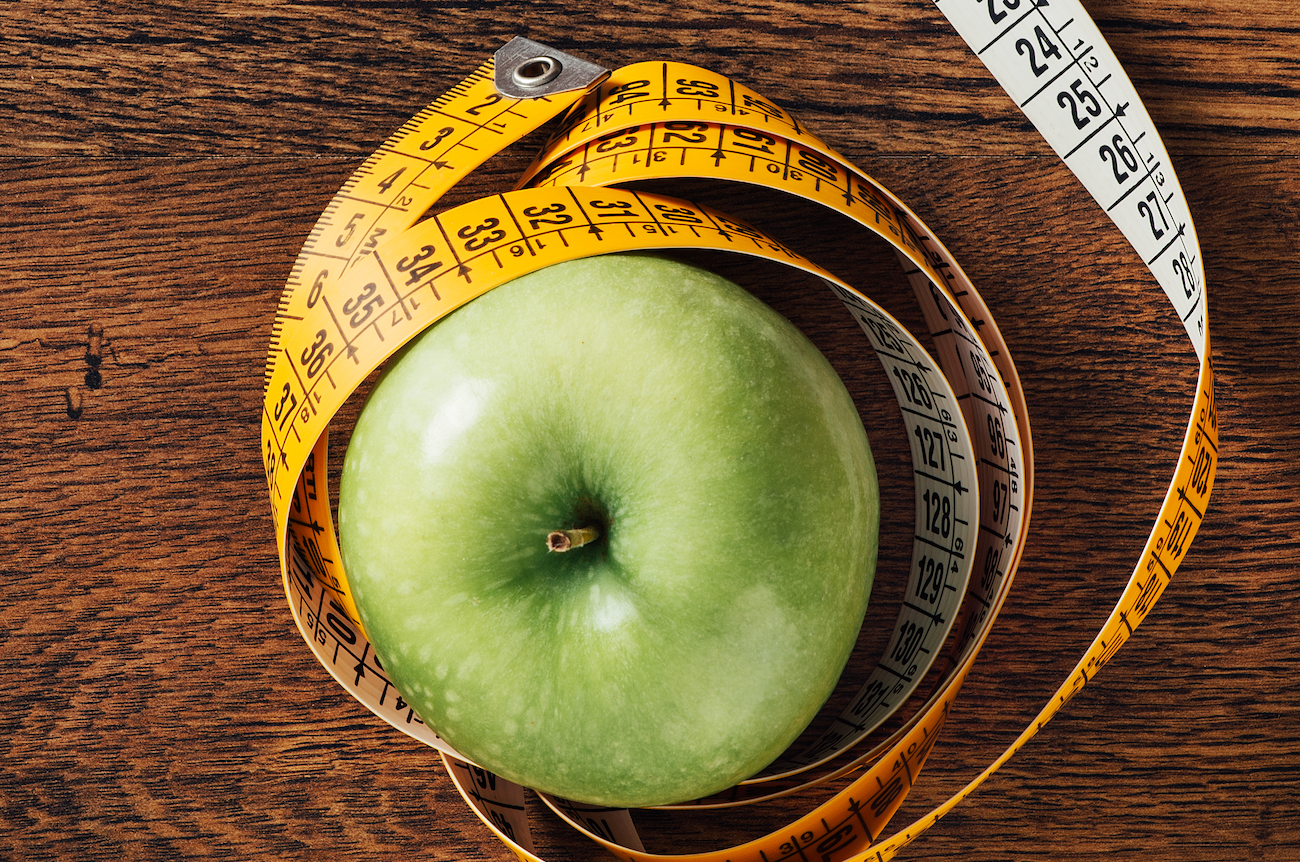Bariatric Surgery After Care
Bariatric surgery is a type of weight loss surgery that helps people lose weight by reducing the size of the stomach or limiting the absorption of nutrients from food. After a bariatric surgery procedure, it is important to follow the instructions provided by your surgeon and healthcare team to ensure proper healing and maximize the success of the procedure.
Diet after weight loss surgery
You will be given a diet plan to follow after surgery. In general, most people will need to follow a liquid diet for the first few days after the procedure, gradually transitioning to pureed and then solid foods over a period of several weeks. It is important to eat slowly and chew your food well to avoid discomfort and potential blockages.
These vary from person to person, but a typical plan is:
- First few days – water and fluids (for example, thin soup)
- First 4 weeks – runny food (for example, yoghurt or puréed food)
- Week 4 to 6 – soft food (for example, mashed potato)
- Week 6 onwards – gradually return to a healthy, balanced diet
You will also be advised to:
- Eat slowly, chew carefully and only eat small amounts at a time – particularly during the early stages of your recovery
- Avoid, or be careful when eating, foods that could block your stomach, such as soft white bread
- Take vitamin and mineral supplements

Exercise after weight loss surgery
Exercise is an important part of a healthy lifestyle and can help support weight loss and overall health after bariatric surgery. However, it is important to follow the specific exercise recommendations provided by your surgeon and healthcare team to ensure proper healing and minimize the risk of complications.
In general, most people will need to avoid strenuous activity or heavy lifting for at least 2-4 weeks after bariatric surgery to allow their bodies time to heal. After this time, you can generally start to gradually increase your activity level as tolerated.
Here are some general guidelines for starting an exercise program after bariatric surgery
Consult with your healthcare team
Before starting an exercise program, it is important to consult with your surgeon and healthcare team to discuss your specific needs and any potential limitations. They can provide guidance on the types of exercises that are safe for you to perform and any precautions you should take.
Start slowly
After bariatric surgery, it is important to start slowly and gradually increase your activity level as tolerated. This may involve starting with low-impact activities, such as walking, and gradually progressing to more strenuous exercises, such as running or cycling.
Focus on strength training
In addition to cardiovascular exercise, it is important to include strength training in your exercise routine to help build muscle mass and support weight loss.
Stay hydrated
It is important to stay hydrated during and after exercise, especially after bariatric surgery. Be sure to drink plenty of water before, during, and after your workouts.
It is important to listen to your body and stop exercising if you experience any discomfort or pain. If you have any concerns or questions about starting an exercise program after bariatric surgery, it is best to discuss them with your healthcare team.
Follow-up appointments
After weight loss surgery, you’ll be asked to attend regular follow-up appointments for the rest of your life.
These appointments will usually be in a weight loss surgery clinic
for at least the first 2 years, but eventually you may just need
a check-up with a GP once a year.
Follow-up appointments may involve:
- Blood tests to check your vitamin and mineral levels
- A physical health check
- Advice and support about diet and exercise
- Emotional or psychological support

Pregnancy and contraception after weight-loss surgery
Women are usually advised to avoid becoming pregnant during the period of most significant weight loss in the first 12 to 18 months after surgery. This is because weight-loss surgery can affect your vitamin and mineral levels. If your levels are low while you’re pregnant, there is a risk it could harm your baby. It’s a good idea to:
- Use contraception until advised it’s safe to become pregnant – ask your doctor about the best type, as some are not suitable for women who’ve had weight loss surgery (including the contraceptive pill and contraceptive injection)
- Speak to your doctor if you become pregnant soon after surgery or you’re planning a pregnancy at any stage after surgery – they can check your vitamin and mineral levels, and advise you about supplements (find out about vitamins and nutrition in pregnancy)
Help and support
Having weight-loss surgery can be physically and emotionally draining. Support will be provided as part of your follow-up, but you may also find it useful to talk with people who have also had weight-loss surgery.
Post Bariatric Surgery Diet
Making good food choices and eating a balanced diet will help you shed pounds after bariatric surgery and maintain a healthy weight for life.
Your bariatric surgeon will advance you through each phase of the post bariatric surgery diet plan — beginning right after surgery — until you’re ready for the final, lifelong phase.

